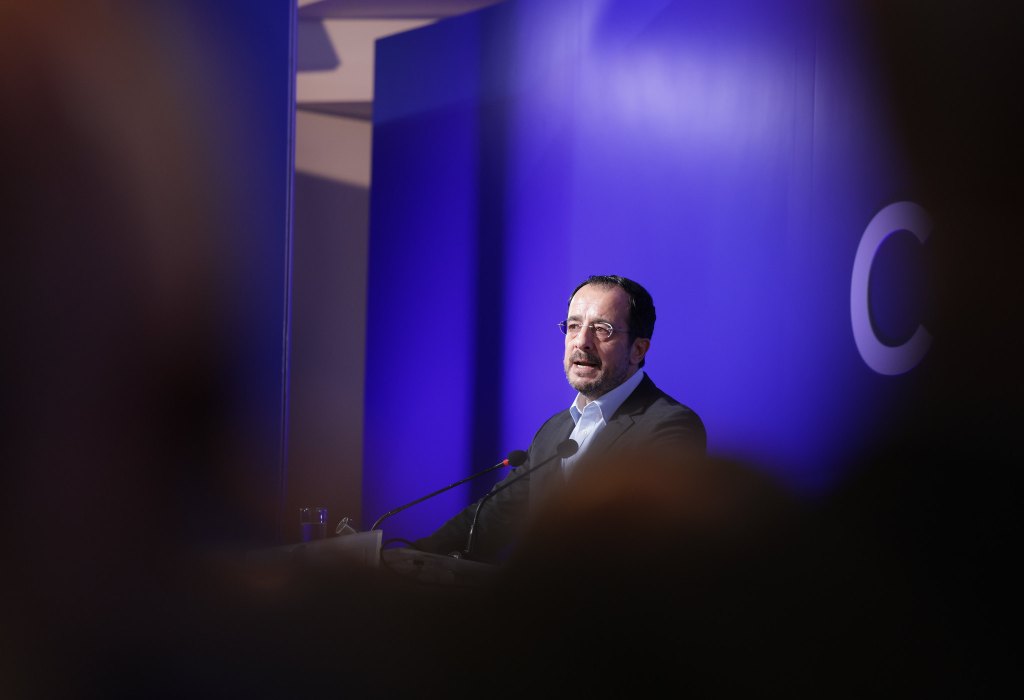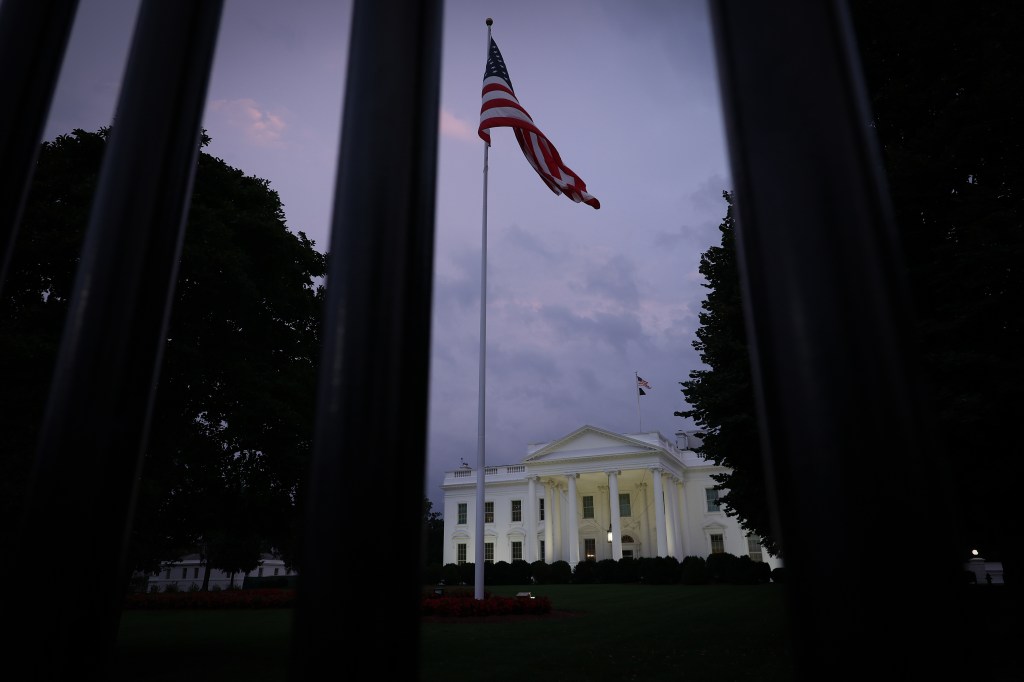The White House has released its long-awaited artificial intelligence (AI) strategy. It’s called “Winning the Race: America’s AI Action Plan,” and it gives the AI industry a green light to move as rapidly as it wants in the name of global competition.
The main goals are to accelerate the US
Register for free to keep reading
To continue reading this article and unlock full access to GRIP, register now. You’ll enjoy free access to all content until our subscription service launches in early 2026.
- Unlimited access to industry insights
- Stay on top of key rules and regulatory changes with our Rules Navigator
- Ad-free experience with no distractions
- Regular podcasts from trusted external experts
- Fresh compliance and regulatory content every day













